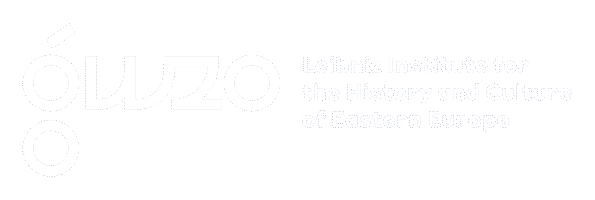What Estonia’s Mass‑Housing Renovation Can Teach Us About Participatory and Sustainable Urban Futures
by Ekaterina Gladkova
Can prefabricated panel houses from the 1960s become a symbol of a sustainable and inclusive urban future? In Tallinn’s Mustamäe district, a large-scale renovation initiative SOFTacademy is testing exactly that. With four buildings, €5 million in EU funding, and hundreds of residents involved, the project aims to rethink how approach housing transformation not only technically, but socially, politically, and culturally.
Launched by the City of Tallinn, SOFTacademy explores how mass housing estates can be renewed through a combination of energy-efficient retrofitting, resident co-creation, and cultural sensitivity. The four pilot buildings on Akadeemia tee (4, 6, 14, and 22) are undergoing comprehensive upgrades: insulation of walls and roofs, replacement of outdated mechanical systems, solar panel installation, and redesigned public courtyards. Yet what makes the initiative truly distinctive is its participatory ethos. Residents are not passive recipients of top-down solutions, but they’re active co-authors of change.
Inspired by the New European Bauhaus and principles of the circular economy, SOFTacademy treats urban transformation as a collaborative process. Mustamäe, with its high residential density, ageing infrastructure, and limited public functions, provides an ideal testing ground. Originally developed during the Soviet era to address a housing shortage, the district now faces issues typical of mass housing estates across Eastern Europe. Rather than demolish and rebuild, SOFTacademy proposes a “soft” approach to the “hard” legacy of modernist planning, one that works with what already exists, and with those who live there (https://www.softacademy.ee/).
Through workshops, co-design sessions, and close cooperation with housing cooperatives, the project fosters shared decision-making and a sense of community ownership. It brings together a broad alliance of partners: the Tallinn City Government, TalTech, MTÜ Elav Tänav, the Estonian Union of Housing Cooperatives, architecture studios like Yoko Oma, LAB Verte, Think Softer Planning AB, and the residents themselves.
Beyond its technical and social components, the project also embraces cultural continuity. In early 2025, a hackathon titled “A New Life for Monumental Art in Public Spaces” invited proposals to creatively preserve original murals found on blind facades. And in spring 2025, SOFTacademy launched a traffic-calming experiment, temporarily closing courtyard entrances to vehicles for three weeks. The aim was to test whether reducing through-traffic and chaotic parking could reclaim space for people and promote safer, greener, more livable environments.
Fig. 1. Residential building with a mural and temporarily blocked passage at Akadeemia St. 6, Tallinn, Estonia. May 22, 2025.
Photo: Ekaterina Gladkova
Of course, none of this is simple. Securing the support of homeowners’ associations, navigating permits, and aligning with EU funding structures take time. But for the SOFTacademy team, this friction reflects reality, not a flaw, but a feature of meaningful transformation.
Why does this matter? Because across Europe and especially in Eastern Europe tens of thousands of similar buildings await renovation. If Mustamäe succeeds, it offers a replicable model: one that is sustainable, scalable, and rooted in local context. A blueprint not just for warmer homes, but for more democratic, resilient, and human-centered cities.
Ultimately, the future of urban living may depend not on starting from scratch, but on learning how to renew the spaces we already share together.
Fig. 2. Residential building renovation in Mustamäe, Tallinn, Estonia. May 22, 2025.
Photo: Ekaterina Gladkova







